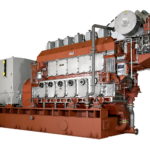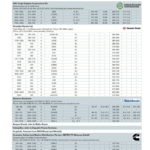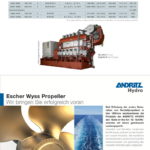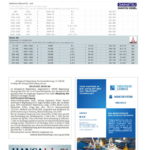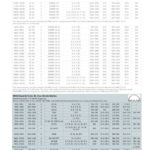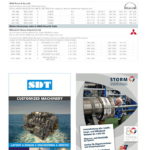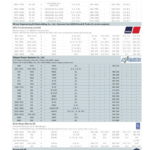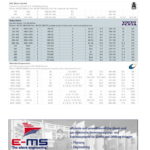In the past twelve months the market has remained almost unchanged. Some of the companies adapted the power ranges of their products, really new engine series have been relatively rare. While the development of gas propulsion is still sluggish, many see its growing importance in the future
As the costs for bunker continue to stay on a low level, shipping companies still do not see a reason[ds_preview] to change anything about their existing engines. So LNG propulsion systems remain on the waiting list. However, this does not change the fact that some companies are still convinced that this kind of propulsion system will play an important role in the future. One example is Wärtsilä. According to the Finnish manufacturer, the company is specifically benefitting from the current move towards LNG fuelled vessels. Engines of all sizes and power requirements, GVU gas regulating systems, tanks and relevant automation are being developed and produced accordingly. The portfolio covers the entire gas related infrastructure on board a vessel. Furthermore, Wärtsilä is deeply engaged in gas cargo installations with BOG compressors, reliquefaction plants, cargo handling systems and pumps.
For the dual-fuel LNG engine market a clear trend becomes traceable in specific segments, the Fins stated. Whereas cruise is nowadays clearly focussing on gas as fuel, most of the RoPax newbuildings are also considered for use of LNG. Merchant vessels – due to the global operation of the vessels as well as commercial pressure in the market – are not pushing LNG fuelled vessel designs so far. However, first movers exist and the implementation of more SECAs as well as the sulphur cap of 2020 will enable a continuous growth also in these segments, Wärtsilä expects. As of today, all Wärtsilä diesel engines of each power configuration are provided as either diesel or dual fuel gas engines. Lean gas burning engines are today available for stationary power plants with predictable and constant gas supply. In the near future, the market will continue to call for redundant systems for marine applications. A focus will be on the engine itself in order to be able to run on liquid fuels in case of a gas shortage. Wärtsilä says technically gas engines can be developed for the marine market in case the demand will grow. According to own information the company is well prepared to serve the entire gas chain onboard each marine application.
Tier III compliant with gas
Rolls-Royce is also convinced that gas engines are becoming increasingly important as a complement to the proven marine diesel engines. Natural gas will be an important fuel in the future. It is available for a longer period, cheaper in many regions of the world and has a better environmental balance than heavy fuel oil or diesel – all main advantages the British propulsion experts see for gas engines.
Rolls-Royce presented its mobile MTU gas engines for marine drives in July 2016. Since then, the 16-cylinder prototype of the 4000 series has successfully completed more than 4,000 hours on the test bench, the manufacturer stated. The engines are scheduled for delivery as a certified series from 2018 onwards. The new gas engine is part of MTU’s green and high-tech programme. As a result, the company is specifically investing in environmentally friendly future solutions for less pollutant emissions and lower energy and raw material consumption. The manufacturer claims the new MTU gas engine for work boats and ferries emits neither soot nor sulphur oxides, 90% less nitrogen oxide and 10% less greenhouse gases compared to a diesel engine without exhaust aftertreatment. This means that the engine already complies with the IMO Tier III exhaust gas standards, which have been in force since 2016, and is not subject to additional exhaust gas aftertreatment. In fact, it even exceeds the IMO standard. In terms of dynamics and performance, the new engine corresponds to a diesel engine.
The first pre-production models of this type are expected to be delivered for ship operations to the shipyard Strategic Marine in Vietnam in late 2017 to be installed in catamarans for the Dutch shipping company Doeksen. The owner will use the ships for the North Sea ferry route in the nature reserve Wattenmeer. In addition to the Dutch ferries, MTU’s gas engines will power a new harbor tug from Damen for the towage operator Svitzer.
Growing LNG trade creates opportunities
MAN also sees good prospects for the future regarding gas engines: »While having suffered from the decline in oil prices, for a number of applications, the prospects continue to be good, due to both focus on emissions and an expected increase in future global LNG trade. Infrastructure readiness remains an issue for LNG as ship fuel.«
Many other companies will continue focussing on their core business of diesel engines. »For us gas engines are not a priority. We continue to go our way with diesel engines«, says Jürgen Kühn, Sales Manager at Volvo Penta.
TWG






